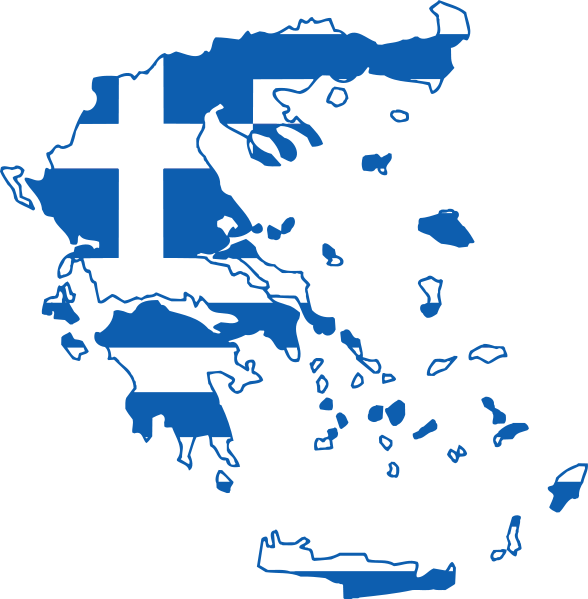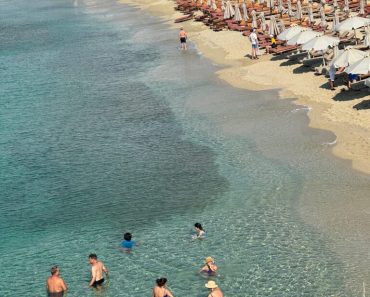Greece is among the countries most affected by overtourism, as revealed by the first overtourism index, created by management consultancy Roland Berger, based on the travel platform Evaneos, with the first effects being the withdrawal of Mykonos and Santorini from Evaneos’ proposals from 2025 until further notice.
The countries most affected by over-tourism include Cyprus, Mauritius, Greece and Croatia. These destinations are becoming increasingly vulnerable to over-tourism, as an average of 25% of their GDP depends on tourism.
The first ”Overtourism Index”, which analyses 70 of the world’s busiest holiday destinations, seeks to assess their level of exposure to visitors.
To measure the degree of exposure to hypertourism, each destination is rated from 1 to 5 based on four objective criteria: the number of international tourists per capita, the number of international tourists per square kilometre, seasonality and the host country’s maturity in terms of sustainability. This last evaluation criterion takes into account factors such as the social impact of the tourist activity, the state of the host infrastructure or the development of transport.
Among the destinations studied, the impact of overtourism can be divided into categories: coastal tourism, which affects major European destinations in summer, and urban tourism.
Coastal tourism is the category of destinations most exposed to over-tourism, with an average score of 4 on a scale of 5. This is due to the particularly high rate of tourist arrivals (from 3.2 to 9.9 tourists per inhabitant) in relatively small (1,600 to 8,000 tourists per km2) and fragile host regions. Among the countries most affected are Cyprus (4.4), Mauritius (4.2), Greece (4) and Croatia (3.8).
Due to Greece’s vulnerability to the massive influx of tourists, which also affects the quality of life of the local population, Evaneos announced that it will no longer offer Mykonos and Santorini in the summer season of 2025, even though Greece was one of the top selling travel destinations on the platform this year.
According to Aurélie Sandler, co-CEO of Evaneos, the decision was taken in collaboration with Evaneos’ local agencies, who are well aware of the pressure that over-tourism puts on ecosystems and scarce resources such as water during the months of July and August. The measure seeks to better balance tourist flows to the islands and to distribute stays in June and September.
While the major European destinations can accommodate a high density of tourists, they experience particularly high flows during the summer in much of their territory: up to 43% of visitor arrivals in the third quarter are concentrated in these countries.
These destinations include Spain, Italy, Portugal and France.
“These destinations should, first of all, implement measures to restore the seasonality of arrivals by promoting them in spring or autumn, which would allow a better distribution of tourists over time. This requires awareness of the problem of over-tourism among travellers and for tourism operators to act with offers that are more sensitive to seasonal pressure,” says Ms Sandler.
Meanwhile, the survey identified Morocco, Vietnam, Egypt and Iceland as destinations under surveillance, where tourism authorities are required to monitor capacity and consider taking action.
Post Views: 7







